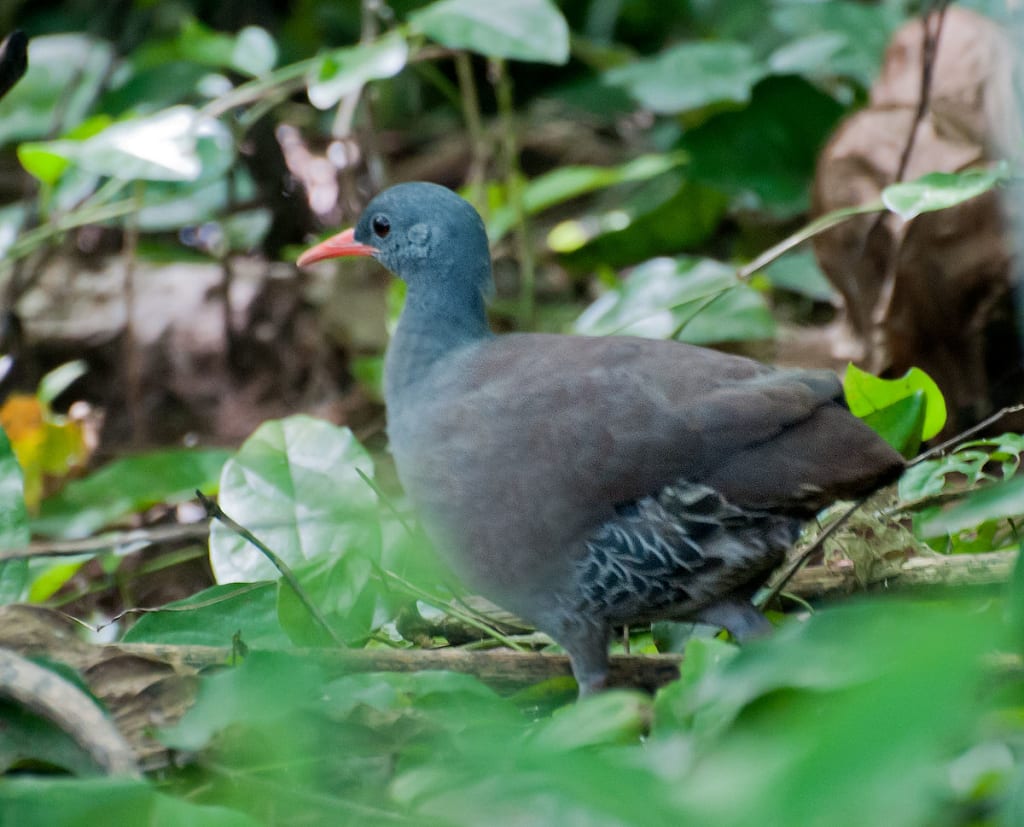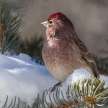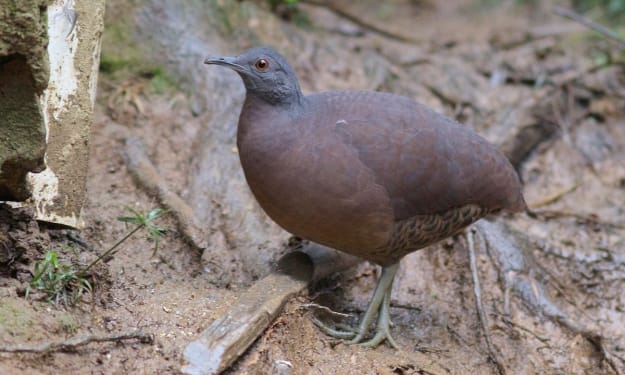
Tataupa tinamou (Crypturellus tataupa) is a type of tinamou typically found in dry forests in subtropical and tropical regions of south-eastern South America. Tataupa Tinamou is a type of tinamous usually found in the dry forests of south-east South America's subtropical and tropical regions. This is primarily a semi-deciduous woodland inhabitant, second growth, though sometimes more open areas, including the edges of fields. Tataupa tinamou's nest is located in dense brush on the ground, or under high root buttresses. Eggs that may come from as many as four different females are incubated by the male. He will then gather the hatchlings before they can be free, normally for 2-3 weeks. Crypturellus is formed from three words in Latin or Greek: kruptos meaning hidden or covered, oura meaning ears, and ellus meaning diminutive; Often, Crypturellus means tiny hidden tail. Tataupa is a Guarani term in respect to the bird's ashy-colored plumage. Both tinamou are from the family Tinamidae and even ratites are in the larger scheme. Tinamous, like other ratites, can float but in general they are not fast fliers. All ratites evolved from ancient flying birds, and tinamous are the closest surviving descendants of such birds. The tataupa tinamou length is approximately 25 cm. The upper parts are medium brown, with a dark brown crown, a light grey throat. This has darker grey with a light stomach colour on the sides of his back, neck and breast. The tataupa tinamou, like other tinamous ones, eats fruit from the ground, or low-lying plants. We also consume small numbers of invertebrates, seeds, delicate herbs, berries, and roots. The male incubates the eggs that may come from as many as four separate females, then holds them up until they are able to be alone, typically for 2–3 weeks. On the field the nest is in dense brush, or between high root buttresses. The Tataupa tinamou prefers dry forest to 1.400 m above sea level. This can also be present in tropical lowland forests and degraded former areas in the south. The species is native to northeast Brazil, eastern Bolivia, northern Argentina, Paraguay and western Peru in South America. This was also sighted in remote southern Ecuador. The IUCN classifies this tinamou as Least Concern, with an occurrence size of 4.900,000 km2. Tataupa Tinamou has a fairly narrow territory that covers much of the eastern third of South America but contains parts of Peru and Bolivia as well. This is often found in the semideciduous woodland, second growth, and sometimes more open areas, including field edges. Four subspecies are commonly recognised and differ greatly in overall colour and size. Overall, with a bright red bill and dark purple legs, this species is very similar to Small-billed Tinamou, but in general it is slightly larger. The upper side is mainly dark brown, while the underparts are much paler, usually greyish with a white throat and a pinkish-buff. While relatively widespread and wide-ranging, very little is known about the life history of the Tataupa Tinamou, including other tinamous ones. The Tataupa Tinamou is found in scattered places in dry portions of the Marañon, Huallaga, and Apurimac Valleys where it is common. One of the best known little tinamous in Paraguay, the lovely Tataupa, like other relatives, is easier to hear than to see! He uses a wide variety of forest habitats and whether it's raining or dry-in the Chaco you're as likely to bump into him as in the Atlantic jungle, he's not fussy. Always look out for his name! This is very similar to the Tinamou, which is small-billed. Take a look at her legs if you get a decent look-if it's light red, its Small-billed, dark purple and Tataupa! The front, back, and breast of The Tataupa Tinamou are grey. The rest of the body is brown, scaling black and white on the flanks, and venting. The bill is red, and the legs are grey. Small-billed Tinamou is related although it is not known that their ranges overlap.
About the Creator
MB
I am a bird aficionado and really enjoy spotting them them on hikes. I greatly appreciate the variety of birds cross North America and the world. They are amazing and intelligent creatures, each so unique and with a wonderful life.
Enjoyed the story? Support the Creator.
Subscribe for free to receive all their stories in your feed. You could also pledge your support or give them a one-off tip, letting them know you appreciate their work.






Comments
There are no comments for this story
Be the first to respond and start the conversation.